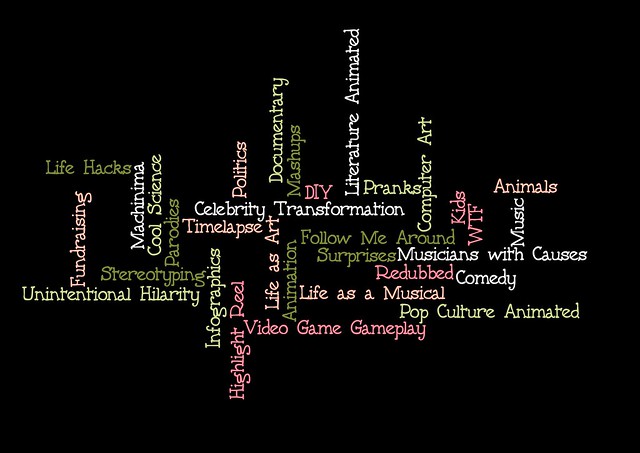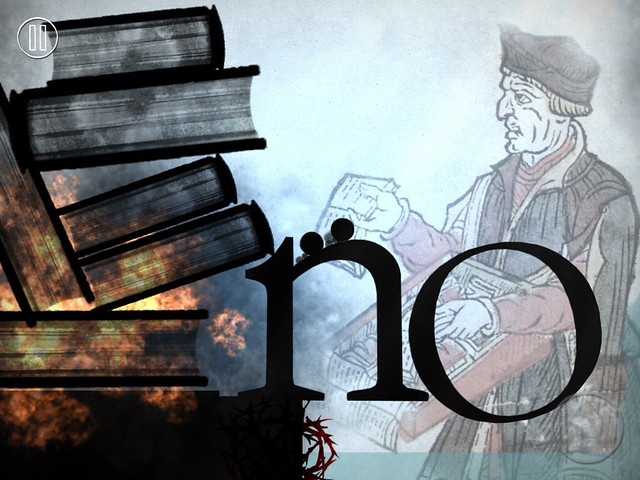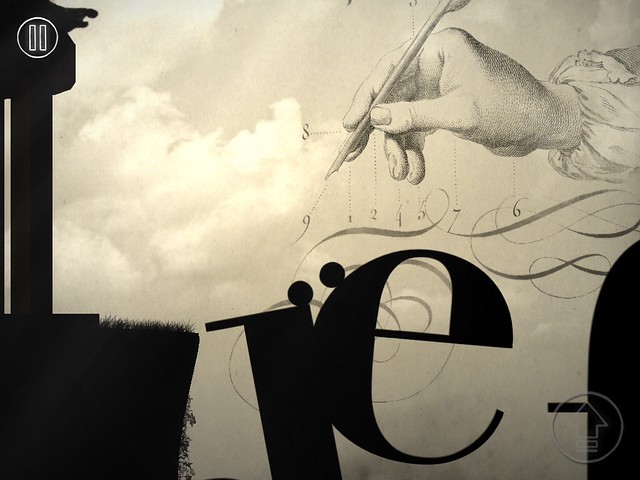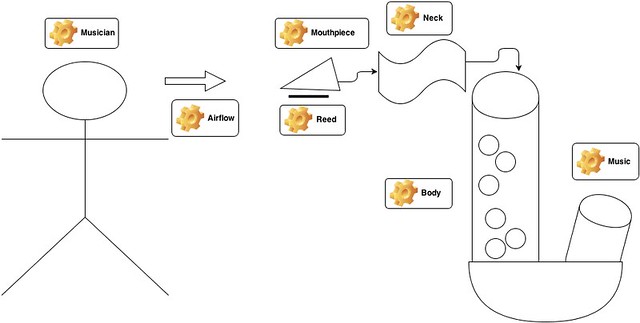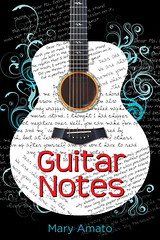
This book by Mary Amato must have been written for someone like me. I am a huge sucker for novels that have a musical theme weaving into the story line, and Guitar Notes is all about the friendship between two high school students dealing with the pressures of life. The guitar notes of the title has a double meaning — not only is it the music that Tripp and Lyla begin to write together but it is the series of notes they leave for each other in the school music room as they begin to develop a deep friendship through the story.
Tripp is a sarcastic child whose mother has taken away his one treasured possession — his guitar — until he gets his grades back up. Unfortunately, he is still dealing with the loss of his father. Lyla is the perfect child, whose cello playing prowess comes from her mother, another parent who has died in the near past, leaving Lyla in the shadows of her mother’s musical legacy. A shared practice space in the music wing of their school — Tripp has the room on odd days, Lyla on even days, and he becomes Mr. Odd and she, Ms. Even — brings these two together.
There is a surprising, emotional twist near the end that almost had me in tears as I was reading quietly next to my son. If you believe in the power of music to heal and connect, then read this book. If you don’t, well, read this book, too. At one point, Lyla and Tripp as talking about songwriting as a means of understanding the world.
“I used to think that in order to write a song, I’d have to hear it in my head, and then I’d sit down with a pen and write it out in notation,” Lyla said, after Tripp has inspired her to pick up the guitar to write songs, “But your way, of just playing until you find something by accident, makes a lot of more sense. It’s like every song is a series of accidents.” (p. 154)
And Tripp has what he calls his Thrum Theory — that people are connected on deeper levels than they know.
“I think every soul vibrates at a certain frequency,” Tripp tells Lyla. “It’s sort of like each soul has a sound that is its signature — and your soul wants to feel the vibrations of this sound. I think the vibrations of my soul and the vibrations of this guitar match each other, which is why it feels so right for me to play it.” (p.206)
I mean, that is beautiful, right? I loved this book, Guitar Notes, and highly recommend it.
And, the songs that Tripp and Lyla write? The lyrics are in the back of the book and Mary Amato has recorded the songs, too.
Check out this video as she explains the process of writing and recording and sharing out the songs.
Peace (in the resonance),
Kevin

